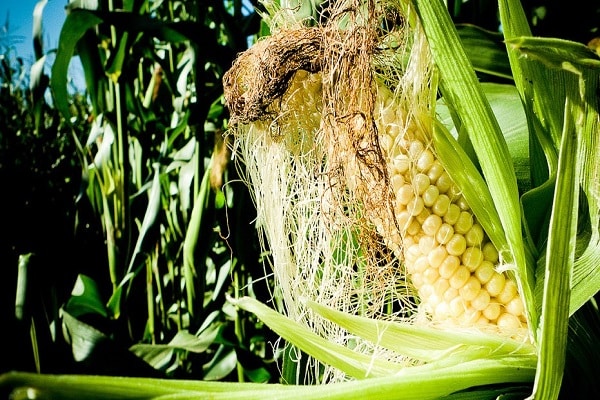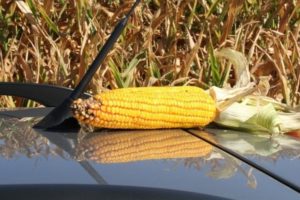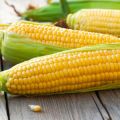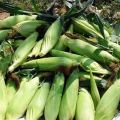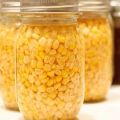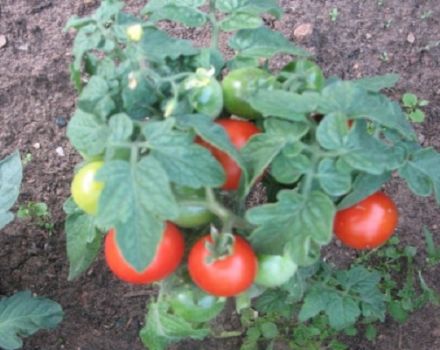How to store corn on the cob for the winter at home
Corn is a fairly common plant that is often grown in summer cottages. Some people want to enjoy this cereal not only in summer, but also in autumn or winter. To do this, you will have to deal with storing corn cobs. If the storage of the harvested crop is incorrectly organized, then the corn grains will eventually become rubbery and tasteless. To prevent this from happening, you need to figure out how to store corn on the cob.
Which ears to choose?
Storing corn begins with choosing the most suitable cobs that will definitely last long without losing flavor. It is recommended to choose cobs of late-ripening corn varieties for winter storage. When choosing a starting material, attention is paid to its condition. Selected specimens should not be rotten or have spoiled grains.
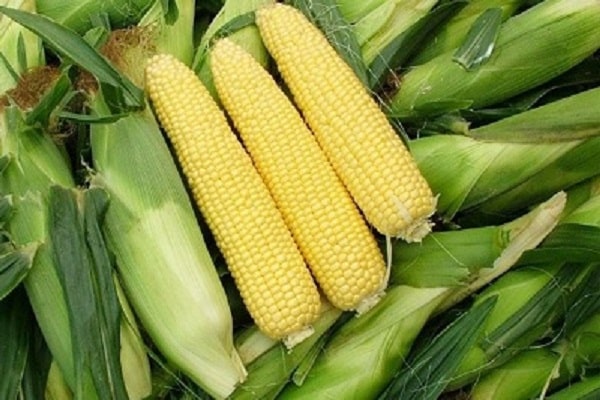
Having selected the cobs for further storage in winter, you should start preparing them. To preserve corn on the cob at home for the winter, you will have to completely clean the heads of cabbage from fibers and leaves. Then the unripe part of the cob and areas that begin to rot are cut out. If the heads of cabbage dry out in the future, you cannot tear off all the leaves from them. It is better to leave a few leaves on one side so that air can flow to the grains. The rest of the leaves can only be removed if the corn heads are already dried.
Storage methods
Not all gardeners know how to store corn properly and what to do to keep it stored for a long time. This is due to the fact that many do not store it on the cob, but in grains. However, experienced vegetable growers recommend storing it on the cob, since this method saves most useful qualities of corn... There are three common storage methods for corn crops that are best familiar with in advance.
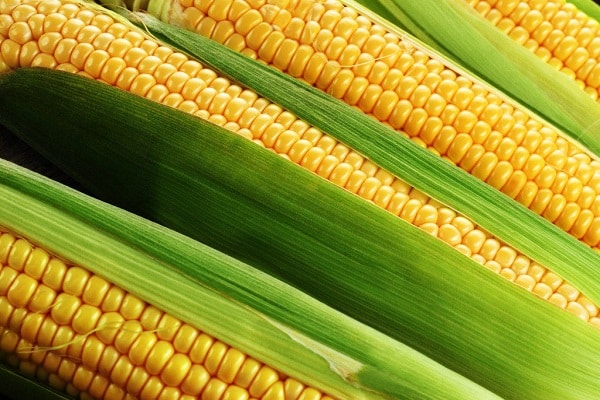
In the freezer
Many housewives keep their corn on the cob in the freezer because frozen corn kernels have a longer shelf life. The heads of cabbage should be kept in the freezer for no more than one and a half years, since then they gradually deteriorate. When storing the entire crop in the refrigerator, you should familiarize yourself with the peculiarities of defrosting it. The harvested heads of cabbage are thawed gradually, and only in a natural way.
To speed up defrosting, do not pour hot water on corn kernels placed for storage in the refrigerator. This will negatively affect the taste of the corn.
Before storing, you should familiarize yourself with the features of freezing corn cobs. Some people think that to freeze them, you just need to place the heads of cabbage in the freezer.However, before placing the ears in the freezer for storage, do the following:
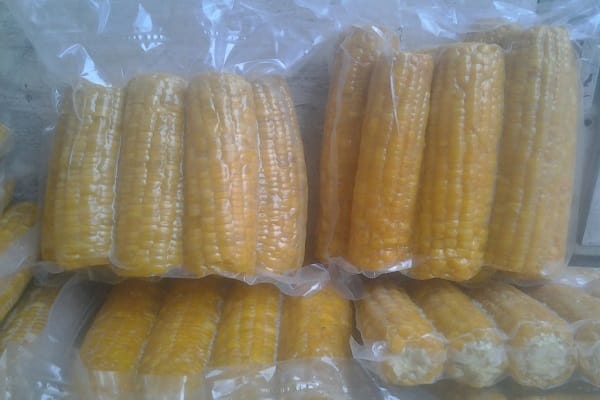
- Prepare two small saucepans, one of which is filled with cold water and the other with boiled water. At the same time, in the first saucepan, the water should be as cold as possible and therefore ice is sometimes added to it.
- Peeled corn heads are soaked in each saucepan in turn. First, they are placed in a container with hot water for 2–4 minutes, after which they are dipped in cold water. The procedure is repeated at least three times.
- All soaked vegetables are laid out on a dry towel and dried.
When the heads of cabbage are prepared for freezing, they are wrapped in cling film, distributed in food containers and placed in the freezer.
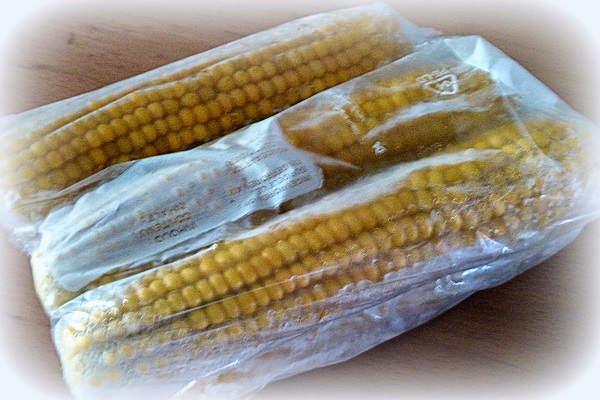
Dried
The second most popular storage method for the harvested corn crop is dry storage. You can store dried corn for only 10-12 months, until the next harvest. Before proceeding to drying the heads of cabbage, they are cleaned of half of the leaves and fibers. If you get rid of all the leaves, the ears will quickly deteriorate.
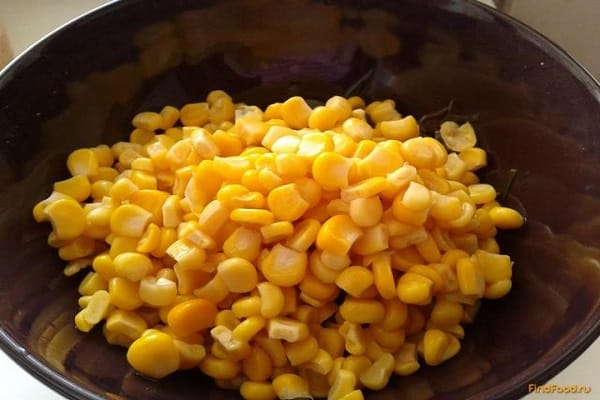
In the first half of autumn, to dry corn, its heads are hung on the street. When the air temperature outside is less than 10-15 degrees, they are hung up indoors. For drying, choose well-ventilated rooms that receive sunlight. A veranda or an attic is best suited for this. Particular attention is paid to the placement of heads of cabbage indoors.
If the room is large, then the collected vegetables are hanged piece by piece at a distance of 50–70 cm from each other. In small rooms, you will have to braid the cobs into braids and hang them more compactly.
This method of storing fruits is perfect for lovers of corn porridge, since it is best made from dried heads of cabbage. Only from them will you get a dish, the taste of which will be as similar as possible to porridge made from fresh corn.
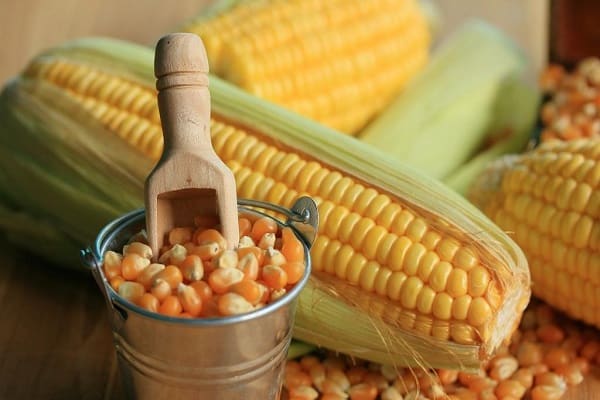
Conservation
Another way to preserve corn on the cob for the winter is to preserve the crop. This method differs from the others in the duration of storage of canned fruits. Canned food is stored in a cellar or refrigerator for 2-3 years. However, in order for the corn grains rolled up in jars to be stored for so long, all the rules of sterile canning will have to be observed.

Before rolling up the corn in jars, it is pre-boiled. After boiling, the heads are removed from the water, wrapped in cling film and placed in the refrigerator for three days. This method of cooking corn kernels preserves their juiciness and taste.
Canning corn kernels is like rolling canned olives. First, the corn grains separated from the heads of cabbage are placed in a sterilized jar and filled with warm boiled water. If desired, add a little salt to each jar. Then all the blanks are covered with nylon covers and placed in the cellar. After 2-3 days, the jars are taken out, water is added to them and again placed in the cellar for 3-5 months.
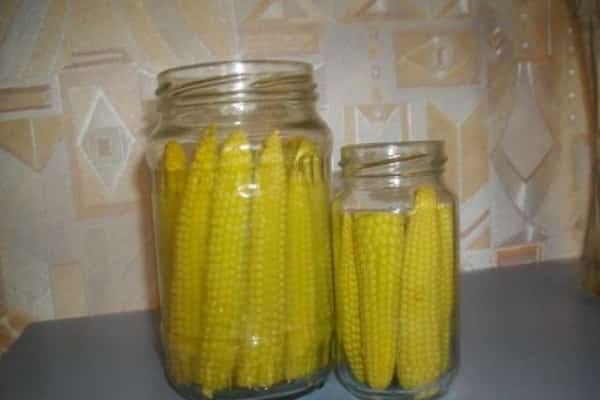
New ways to extend shelf life
Many people store not only freshly boiled corn in winter, but also fresh heads of cabbage. At the same time, some have problems with storage, since the harvested crop quickly deteriorates. Therefore, you should be familiar with how to keep fresh corn on the cob longer in winter.
To keep the harvest longer, all harvested ears are cleared of dirt and leaves. Then a special solution is prepared, consisting of salt and lemon juice. If necessary, add 2-3 ice cubes to the mixture so that the liquid is not hot. After preparing the mixture, the harvested ears are added to the container and infused in it for about half an hour.
Then all the grains are separated from the heads of cabbage and placed in a colander, through which the liquid will drain.To speed up the drying of the grains, they are placed in an electric dryer or oven. After that, the corn is put into zip-lock bags and placed in the refrigerator. Corn prepared in this way can be canned, frozen, dried and boiled.
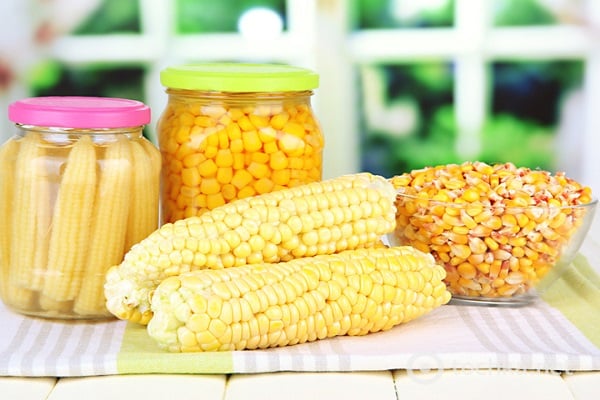
Conclusion
Many vegetable growers are engaged in growing corn on their sites. To use the harvested crop at any time of the year, you should familiarize yourself with the features of long-term storage of corn cobs.
